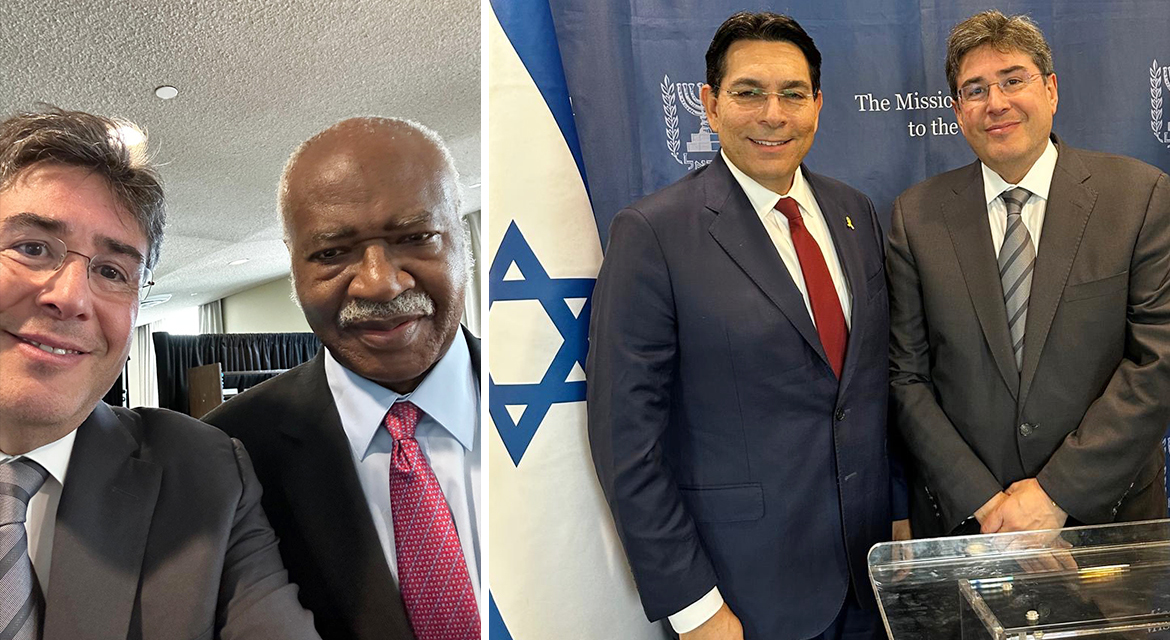If we could jump into the future — 10, 20 years from now — what would we say about being Jewish in America post-October 7?
Likely, we’d talk about a seismic shift — a reckoning with our sense of self, both personally and in relation to others. We woke up to a painful truth: that the acceptance we believed we had achieved in America had limits.
In the days after October 7, submerged in grief, we looked all around and, for the most part, found ourselves alone. What hurt even more is that we thought we’d done a pretty good job over the years of building bridges with other ethnic and faith-based communities. The silence — or, even, in some instances, the justifications — around October 7 were gutting.
We learned the hard way who our friends are. And who they aren't.
And yet, the answer to this hurt isn’t to walk away from bridge-building. We remain just 2.4% of the total U.S. population; cultivating allies is essential.
That said, we must be clear-eyed, learn from the lessons of the past, and recognize that there’s no silver bullet solution.
Recently, UJA convened over 100 representatives from Jewish communal organizations engaged in the work of bridge-building — to share what’s effective, what’s not, and how to keep going, even when progress feels elusive.
What’s clear is that we can’t shy away from difficult conversations. If we only speak to those who echo our beliefs, we risk isolation. Also important to note: These uncomfortable conversations aren’t just with members of non-Jewish communities — we must do a much better job building stronger bridges across diverse segments of our own community as well.
No community is a monolith, least of all ours. We don’t all agree on the way forward for Israel, on the actions of its government, on American politics and policy, on where we get our news…and on and on.
Here’s what we do know: Real bridge-building takes more than one meal together, more than one trip to Israel, more than one facilitated discussion. It requires sustained education, listening, trust-building, and setting realistic expectations.
We’re not just going on instinct: We’re looking at data, creating measurable goals, seeing what messaging resonates and what doesn’t, all while recognizing that some communities will never be persuaded to become allies. But some will. And those are the ones we focus on.

